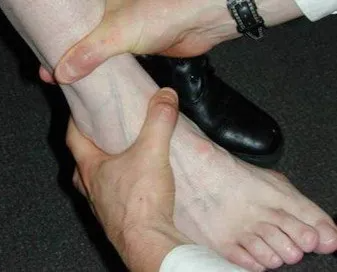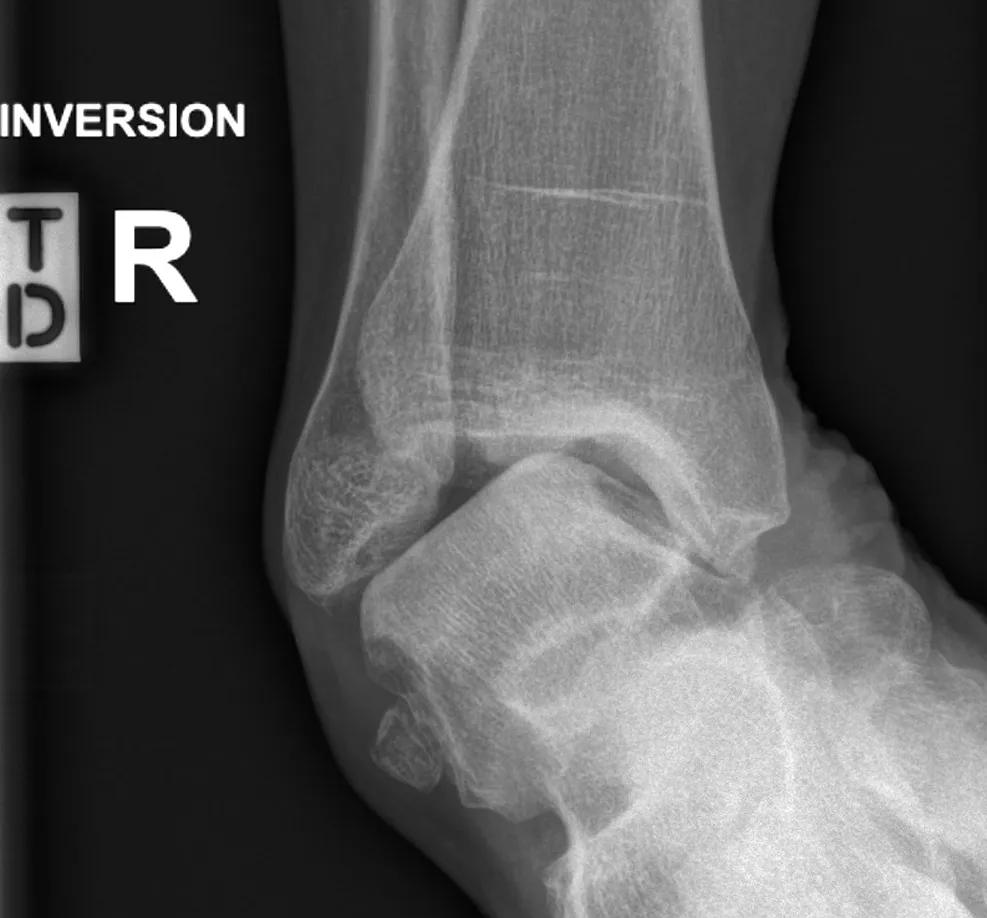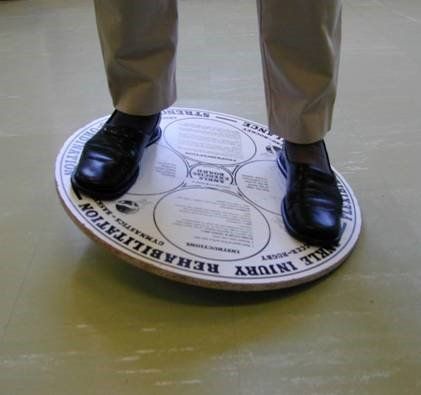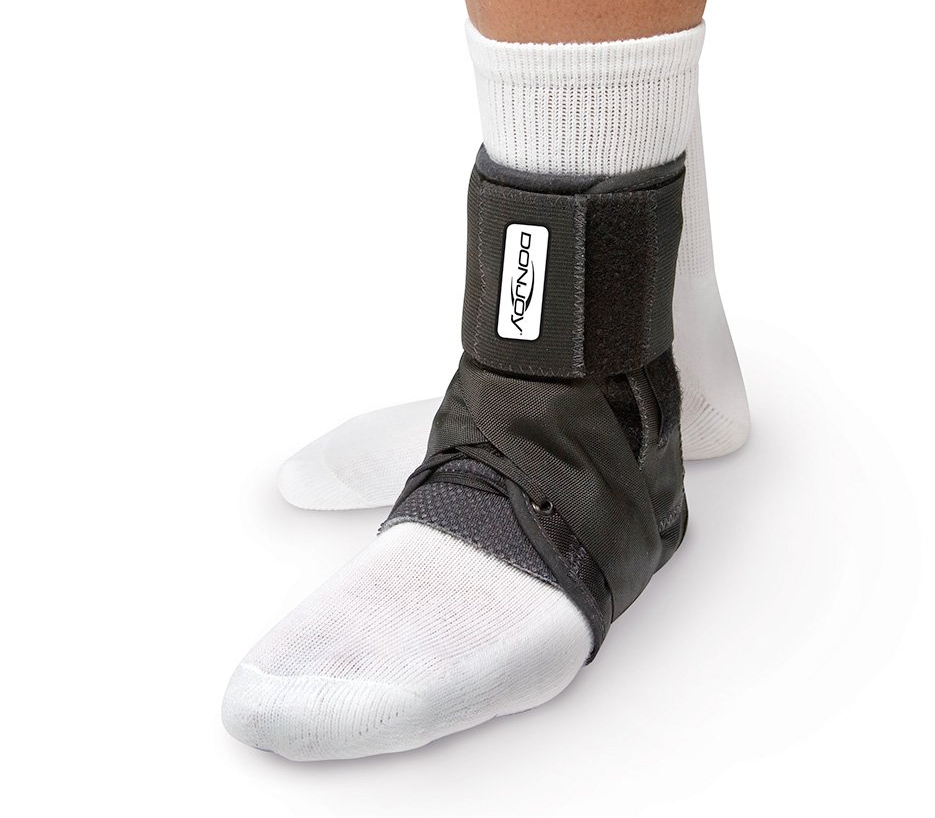Ankle Instability
What is Ankle Instability?
Ankle instability is a chronic condition characterised by repeated "giving-way" of the ankle. It is usually more of a problem during sport or activities on uneven ground.
What causes Ankle Instability?
Ankle stability depends on:
- the ankle bones
- supporting ligaments
- surrounding tendons.
Repetitive injury to the ankle ligaments is the most common cause of ankle instability. This is due to inadequate healing of the sprained ligament or incomplete rehabilitation of the affected ankle.
Further sprains aggravate instability and can cause other ankle problems to develop (see below).
Symptoms of Ankle Instability
The ankle feels unstable and is prone to "giving way"
on uneven ground, during sport, wearing shoes with a heel, or going down stairs.
Pain and swelling
can temporarily occur after another sprain or remain due to chronic inflammation (synovitis), ankle cartilage injury
and/or peroneal tendon damage.
What if Ankle Instability is Not Treated?
Many people have mildly unstable ankles with no long-term consequences.
Severe untreated ankle instability can lead to chronic pain, deformity, peroneal tendon damage, ankle cartilage injury and even ankle arthritis.
Diagnosis of Ankle Instability
The diagnosis of ankle instability is made after:
- taking a complete medical history
- examination of gait, leg and foot shape, ligament laxity (see images) and tendon function
- weight-bearing X-rays of the ankle.
Further investigations (ultrasound or MRI) are usually not needed unless ankle cartilage or peroneal tendon injury is suspected.
Treatment of Ankle Instability
Treatment of Ankle Instability
The treatment of ankle instability depends on how severe it is. Most people have already visited a physiotherapist or used a brace before seeing an ankle surgeon.
Non-surgical treatment
Non-surgical treatments include:
- physiotherapy for improving ankle strength, range of motion and balance
- bracing to support the ankle and prevent further sprains
- anti-inflammatory tablets and/or Cortisone injections to reduce pain and inflammation (synovitis).
Surgical treatment
Surgery is recommended in patients with very unstable ankles and those who have not responded to non-surgical treatment.
Surgery usually includes an Ankle Arthroscopy and Ankle Stabilisation.
Please see the TREATMENTS menu for more information on these common procedures and recovery time.





















